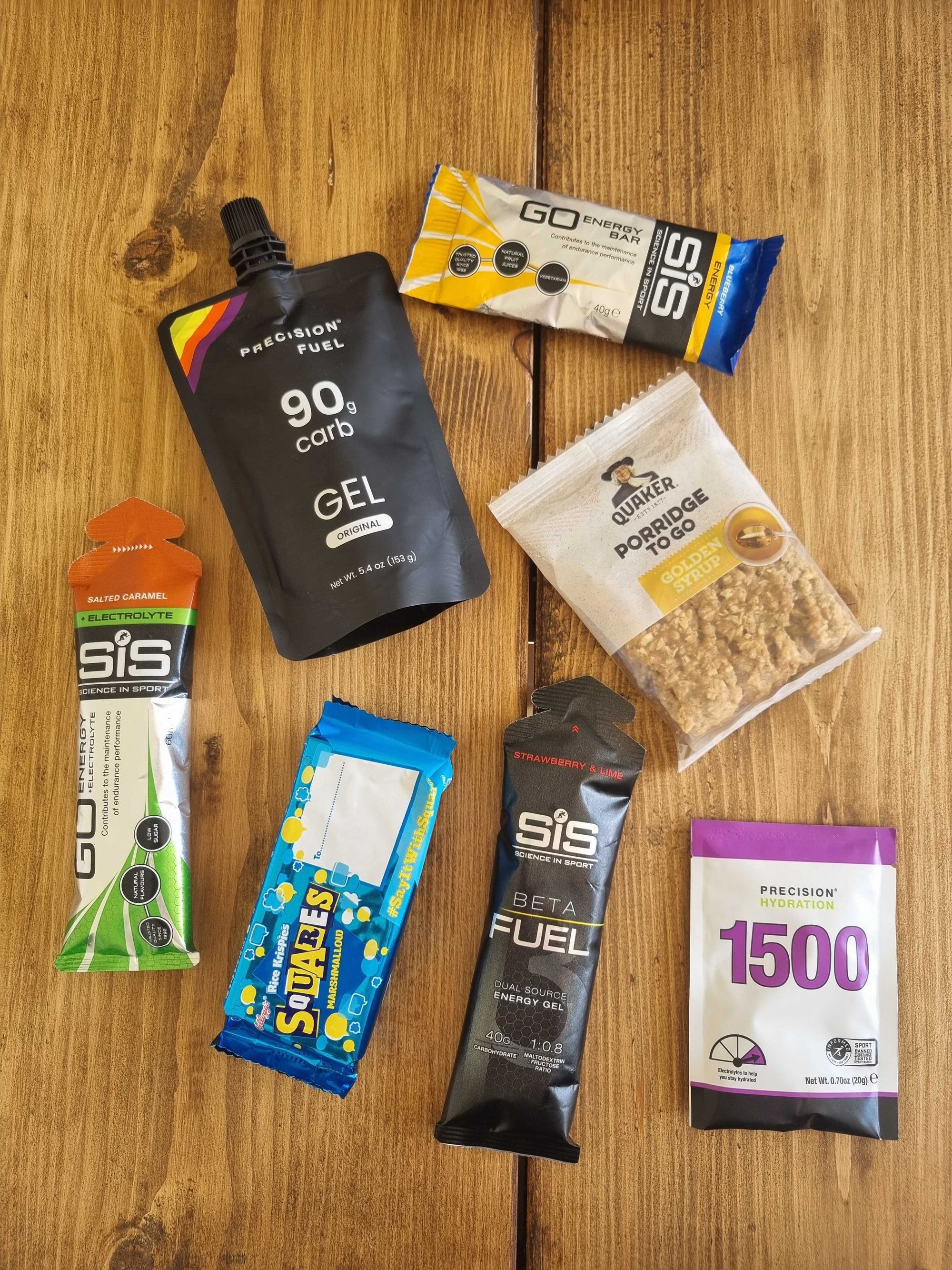Congratulations: You free’d the donut. You embraced the counter movement to the overly restrictive views on diet that pervade our modern society. And with that, you give yourself license to enjoy things like donuts, chocolate croissants, and stroopwafel, while also taking your training goals seriously.
Now, it’s time to play with your food!
Yes, you read that right. Don’t tell your mother.
By playing with your food, we really mean experimenting: measuring, reviewing and optimizing. It’s about not buying into rigid nutritional dogma. It is about being a science-informed experiment of one.
In 2019, news headlines across the world quickly grabbed the story of a scientific study showing that the humble potato was as effective as carbohydrate gels for endurance activity. The ultramarathon runners out there reading this weren’t surprised and probably thought this was an understatement given some of their midnight preferences in the alps. (Wink, wink.)
The reality is that this shouldn't be all that surprising.
Carbohydrate gels are, after all, conveniently packaged, easily digestible delivery systems for carbohydrates. Very similar to mashed potatoes really, but without some of the added nutritional value of the micronutrients.
Some of you are probably suitably divided on this, too. You might be thinking: How would I prepare and carry mashed potatoes for my Boston Marathon effort? Others are thinking: Ingesting a potato during Kona?! Uh, yeah… No thank you!
And that’s the whole point!
Individuality and preferences should extend beyond the choice of gels and drinks for carbohydrate delivery!
Individuality is about flavors, textures, logistics and most importantly: what works best for your individual body!
Ultimately much of this decision will boil down to what works for you. Will it Make the Boat Go Faster?
Of course, efficacy is contextual. It may be feeling better, racing faster or even just having better glucose control. This approach is less about any given situation and more about questioning and testing with that personalized lab attached to your arm.
Remember, our understanding is always evolving. And now you thankfully have a new way to look inside and understand your metabolism and the impact of these sorts of alterations. After all, you can only manage what you can measure.
How Do You Play with Your Food?
- Start by being science informed. What does research suggest is required for your given event in terms of nutrition?
- Consider preferences and other factors. How does this science look given your circumstances? (In other words: 120g/hr of carbohydrates for a trailrunner is a LOT of gels to carry while trail running).
- Adjust these ‘rules’ for you. What seems like a reasonable starting point for you? Where is your baseline starting point going to be?
- Play with it. Experiment with alterations to the plan that you started with. What if you have more, change the frequency of intake for the same amount, or change products?
- Review it. How did the changes impact your feeling, performance, and glucose? This may take more than one trial to get some good data. Tag it in the Supersapiens app and in your relevant training platform. Then compare with previous iterations, using the Supersapiens Dashboard (you can even export data to CSV).
- Repeat it. Continue steps 3-6, iterating your approach until you are happy and crushing it.
Some suggested games to play with your food
During “Prime”
- Change the time of your meal - if you change the timing of this meal, does your performance and glucose change.
- Change what you consume for your meal, maybe even change it to fluids to help with quicker digestion - consider the impact that form of food and composition of it has on training and racing.
During “Perform”
- Change your nutritional products - maybe there is something that will give you quicker or smoother energy and glucose?
- Try splitting intake into more frequent smaller amounts or the opposite - what impact does this have on your glucose, performance and feeling of energy?
During “Recover”
- Change your meal order to be protein, fat, and fiber before carbohydrates - what does this do to your energy levels and glucose?
- Try walking pre or post meal (or both) - what does this do to your glucose levels?
References:
- Amadeo F. Salvador, Colleen F. McKenna, Rafael A. Alamilla, Ryan M. T. Cloud, Alexander R. Keeble, Adriana Miltko, Susannah E. Scaroni, Joseph W. Beals, Alexander V. Ulanov, Ryan N. Dilger, Laura L. Bauer, Elizabeth M. Broad, Nicholas A. Burd. Potato ingestion is as effective as carbohydrate gels to support prolonged cycling performance. Journal of Applied Physiology, 2019; DOI: 10.1152/japplphysiol.00567.2019 https://pubmed.ncbi.nlm.nih.gov/31622159/
- Viribay A, Arribalzaga S, Mielgo-Ayuso J, Castañeda-Babarro, Seco-Calvo J, Urdampilleta A. Effects of 120 g/h of Carbohydrates Intake during a Mountain Marathon on Exercise-Induced Muscle Damage in Elite Runners. Nutrients 12(5), 1367, 2020. doi: 10.3390/nu12051367. https://www.mdpi.com/2072-6643/12/5/1367
